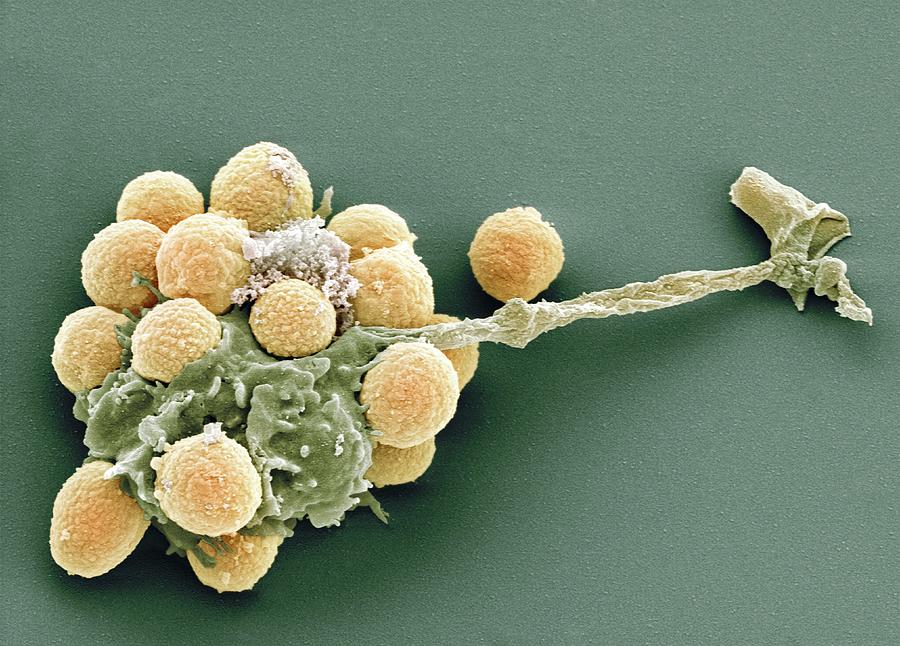


Washing with tap water removes the primary stain of vegetative cells (colorless) but leaving the spores stained. In this preparation, both the vegetative cell and spore will appear green. For further penetration, heat is applied. Malachite green is a primary stain that stains vegetative cells easily but not spores due to their impervious coats, which will not take the primary stain easily. Dorner method is an alternative method that utilizes nigrosin as the counterstain. The most commonly used spore staining is Schaeffer-Fulton Method.

The spore stain applies to show endospores in the stained preparation that does not only assist the organism is sporulated or not but also to differentiate between vegetative cells and endospores. There are also novel features of the spore’s central region or core, the site of spore DNA, which plays a major role in spore resistance. Spore resistance is due to a variety of factors, including the outer spore coats and the relative impermeability of the spore’s inner membrane. As a consequence, spores can survive for extremely long periods, certainly hundreds of years and perhaps much longer. Spores of Bacillus species are dormant and extremely resistant to many environmental stresses including, heat, desiccation, radiation, and a variety of toxic chemicals. A spore is unable to multiply but when conditions for vegetative growth return, it is able to produce a bacterial cell that is capable of reproducing. Endospores being dense and thick-walled, are able to withstand dehydration, heat, cold, and the action of disinfectants. The spore may be positioned at the end (terminal) of the bacterium or centrally (median). Spore formation involves a change in enzyme activity and morphology. When conditions for vegetative growth are not favorable, especially when carbon and nitrogen become unavailable spore formation occurs Spore-forming species are represented in most classes, including the Bacilli, the Clostridia, the Erysipelotrichi are able to survive by forming resistant endospores.


 0 kommentar(er)
0 kommentar(er)
